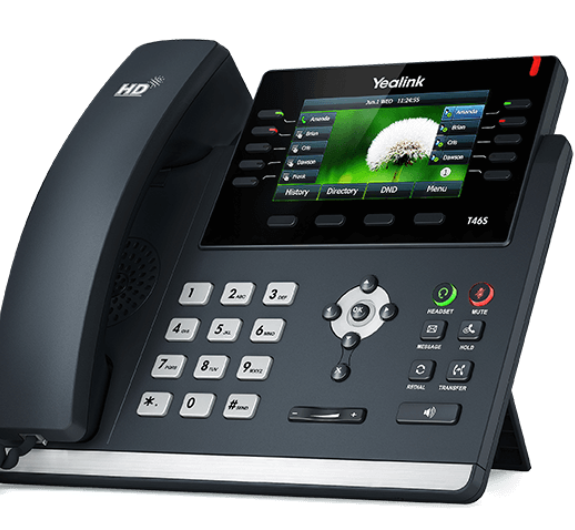Getting in touch with colleagues, customers and suppliers should be easy.
Unfortunately, when your phone system is unfit-for-purpose it can be more of a hindrance, making mountains out of mundane tasks like conference calling.
In this post, we’ll break down five key signs that it’s time to upgrade your phone system.
1. Adding New Users is a Struggle
You’ve hired a new person to join your team. Giving them their own phone number should be easy right? Not exactly.
Traditional phone systems often have a hard cap on the number of users and numbers they can service.
This is due to the capacity of phone lines and ports, and upgrading to get increased capacity can be costly. If your legacy phone system requires an upgrade for every new employee; it’s time to weigh up the legacy upgrade costs vs VoIP Upgrade costs.
Also with traditional providers it can take weeks to get new DDI numbers to assign to new employees. This should be something instantly available.
As VoIP is delivered via your broadband connection, it can scale seamlessly without limits. Grow your business and rearrange your telephony needs with ease with a cloud-based phone system.
2. Your Landline & Mobile Aren’t Unified
Are your business landline and mobile treated as two separate entities? Do you have two or more voicemail boxes, phone bills and numbers to look after?
Unified communications is a relatively new term and simply refers to the integration of two or more communications services.
Unified Communications (UC) Example
Miss a voicemail but you’re not near your mobile? Check it on your UC portal from any internet-enabled device.
There are many benefits of unified communications but here’s an overview of what converging your mobile and landline means for your business:
— Easy Out-of-Office Redirects
— Simultaneous Dialling
— Extension Dialling from Landline & Mobile
— Consolidated Voicemail (All Mediums)
— Unified, Clear Phone Bill
3. You Rarely Fax But You’re Paying a Heavy Price
Do you still send and receive physical faxes? A staggering 40% of UK/Irish business still use this antiquated fax technology.
Fax lines are expensive, this coupled with the cost and hassle of maintaining the physical machine has lead to a rise in popularity for virtual faxing.
Using VoIP, it’s easy to replace your existing fax machine and the costs that come with it by setting up a dedicated fax number and email address.
It’s more secure than traditional machines with faxes coming directly to your inbox as a PDF rather than a paper tray in your office.
4. You Need a 3rd Party for Conference Calls
Traditional lines have a limited number of parties that can be active on a call at once. This limitation does not lend well conference call hosting.
Pressing Questions
— Do you dread arranging conference calls due to unnecessary complexity?
— Do you ask your clients to host conference calls or pay a third party?
Answer yes to either? If so, it’s probably time to move to a VoIP business phone system which includes call conferencing as standard.
S&S Communcations offers international Dial – In numbers as standard to help you do business abroad easier.
.
5. Your Office Has Multiple Locations
In the past, when an organisation was scaling, they added brick and mortar locations complete with their own, physical phone systems.
Having multiple phone systems is a drain — financially and administratively — as well as requiring someone with the IT expertise available for both offices.
A cloud-based phone system has the capability of hosting several geographic locations for one overarching company.




